Fascinating Facts About Your Body


Tongue Lashing
Few muscles are as hard-working as the tongue. By day, it twists to form the sounds you speak and pushes around the food you eat. While you sleep, your tongue moves saliva down your throat.

Go With Your Gut
On average, your intestines are 25 feet long from end to end. Your small intestine is long -- over 20 feet. And while your large intestine is wider around, it stretches out only to 5 feet in length.

Dirty Mouth
You might think twice before kissing. In one mouth alone, the number of bacteria can easily exceed the number of people on Earth. Brushing and flossing scare off bacteria for a bit, and some drown in the 2 liters of spit you make each day. That’s enough to fill a big soda bottle. But your mouth could never be considered “clean.”
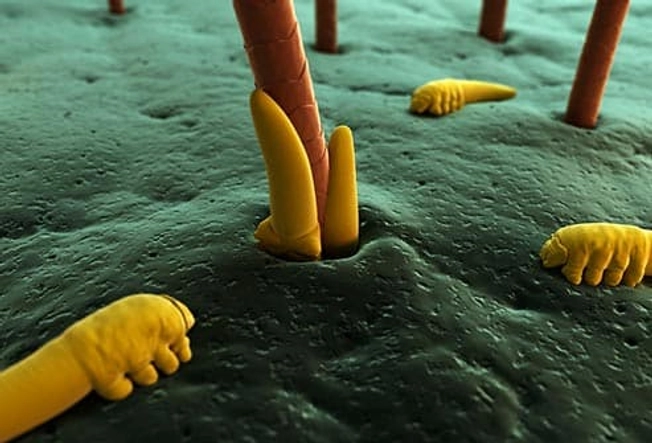
Face: The Facts
Warning: Reading this may make your skin crawl. Your face is host to bugs too tiny to see. These eight-legged mites mate, lay eggs, hatch, and repeat -- all on your face. Your hairline, eye sockets, and lashes are favorite hiding places. Some of these mites go down the drain when we scrub. If they get out of control, though, they can cause skin problems or eye infections.
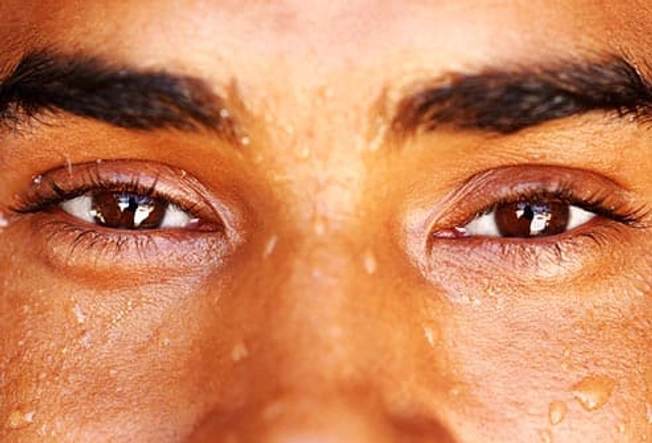
Sweat It Out
When you get too hot or you lose your cool, your nerves send signals to open millions of glands, allowing sweat to flow. It pools by your armpits, palms, feet, head, and private parts. Germs love to swim, so they jump right in. Sweat on its own doesn’t smell bad. It’s the bacteria that mix with it.
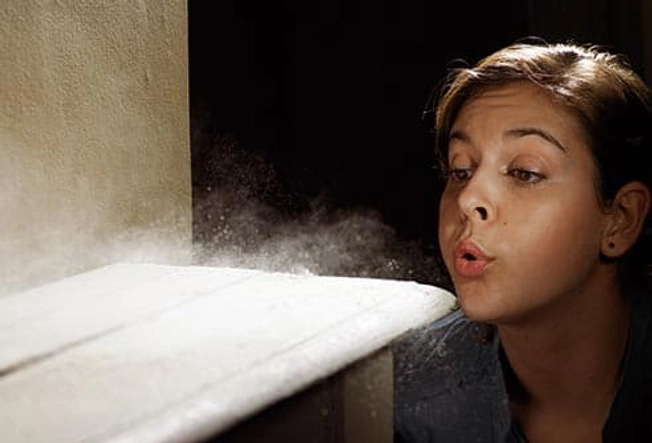
Dust to Dust
Tired of dusting? You may have yourself to blame. About 70% of the dust in your home is human skin cells. You slough off roughly 1.5 pounds of dead skin a year. That’s equal to about 3 ½ cups of sugar.

Seat of Power
Gluteus maximus is the Latin name for the largest muscle in your body, your behind. You have two of them, one for each cheek. These powerful muscles serve as a cushion when you sit down, but they're at their best when flexed tight, to keep you upright.

Under the Skin
Even stripped to the bone, women and men are different animals. A male skeleton has a square chin, large brow ridge, and sloping forehead. The female one has a more pointed chin, smaller brow, and a less angled forehead. And yes, they also has wider, child-bearing hips.
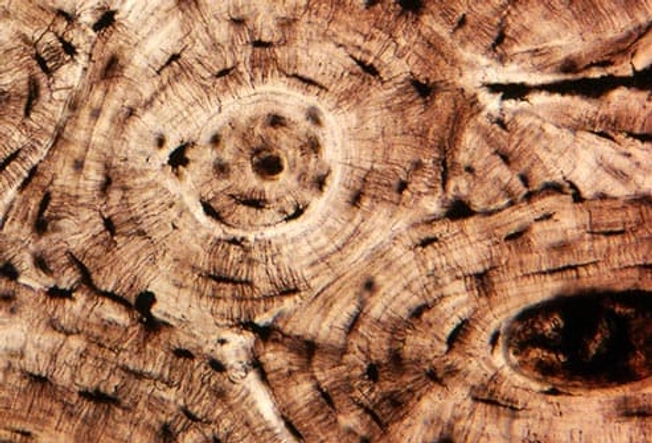
Bones Don't Lie
Take a closer look at this picture. No, it's not a freshly chopped maple. Inside your bones are tiny tubes filled with blood vessels called osteons. They are to bones what rings are to trees. The percentage of large osteons increases with age.
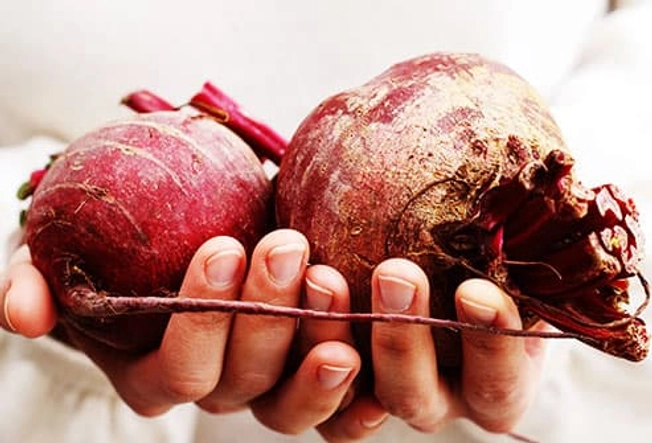
Urine for a Surprise
Eat certain veggies and you may be bowled over when it comes time to flush. Do you pee red or pink after bingeing on beets? Or does your urine stink after you eat asparagus? Don’t be alarmed: It doesn’t mean anything is wrong. This happens to some people. Scientists think it may run in families.

Your Dark Underbelly
When’s the last time you thought about your belly button? Scientists who make a living navel-gazing say there’s a lot going on down there. They delved and probed and found about 2,400 different germs that call the belly button home. That's a lot of uninvited guests!